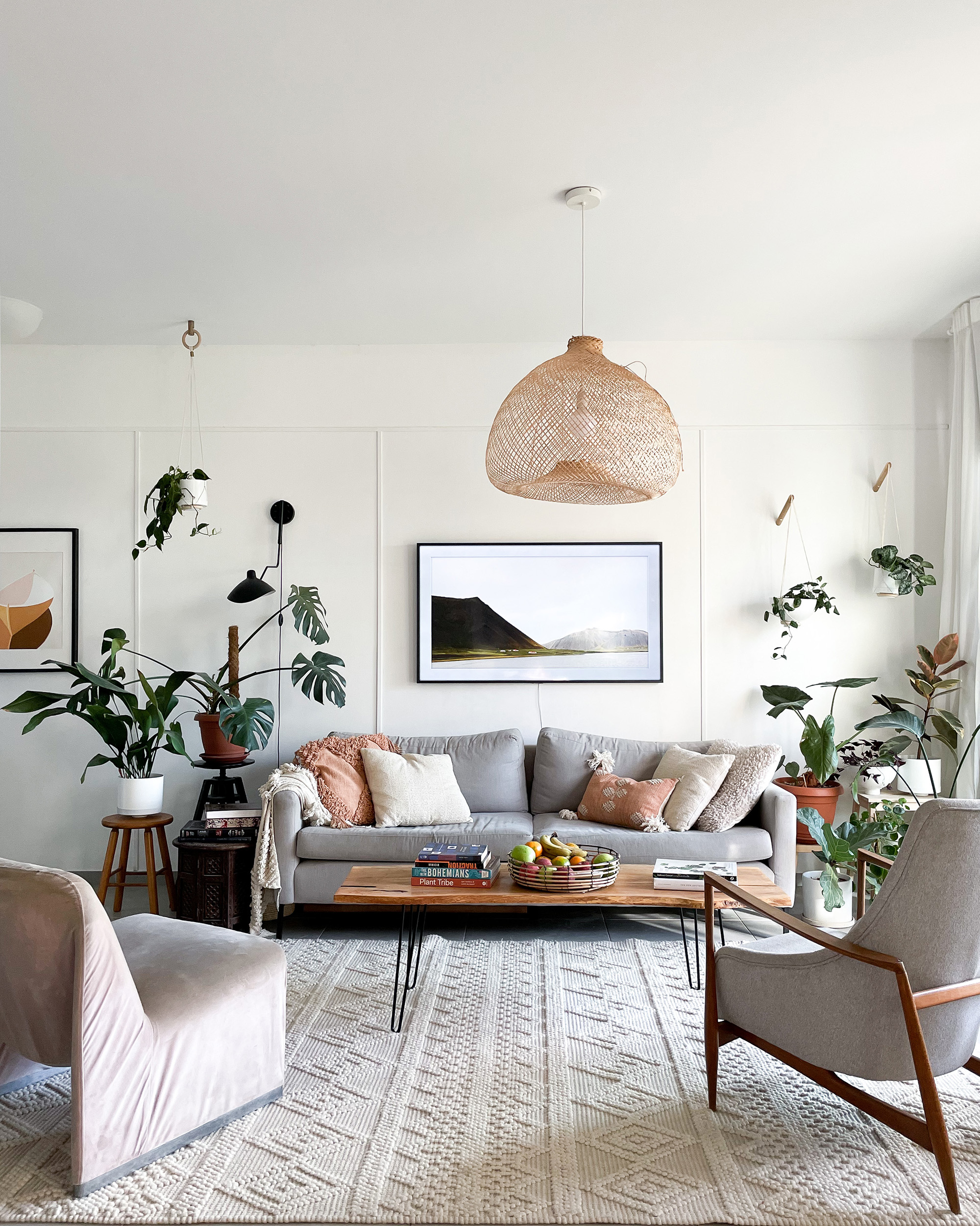Imagine walking into a room that feels like a serene escape, where every corner is alive with lush greenery. Plant layering for interiors is more than just a trend—it's a way to bring life, color, and tranquility into your living spaces. Whether you’re a seasoned plant enthusiast or a curious beginner, this guide will show you how to use plant layering to create stunning indoor landscapes. Let's dive into the art of transforming your home with nature's most vibrant decor.
1. Embrace the Vertical Space

Elevate your interiors by utilizing vertical space for plant layering. Hanging planters or wall-mounted pots can transform a blank wall into a living piece of art. Choose plants with different lengths and textures, like trailing ivy or cascading ferns, to add depth and dimension. This not only maximizes your space but also creates a lush, layered look that draws the eye upward, enhancing the room's aesthetic.
2. Layer with Varying Heights

Create visual interest by arranging plants at different heights. Use plant stands, shelves, or stackable planters to achieve varying levels. Position taller plants like fiddle leaf figs at the back, medium-sized ones like peace lilies in the middle, and smaller succulents or ferns at the front. This technique adds depth and ensures each plant gets the attention it deserves.
3. Combine Leaf Shapes and Textures
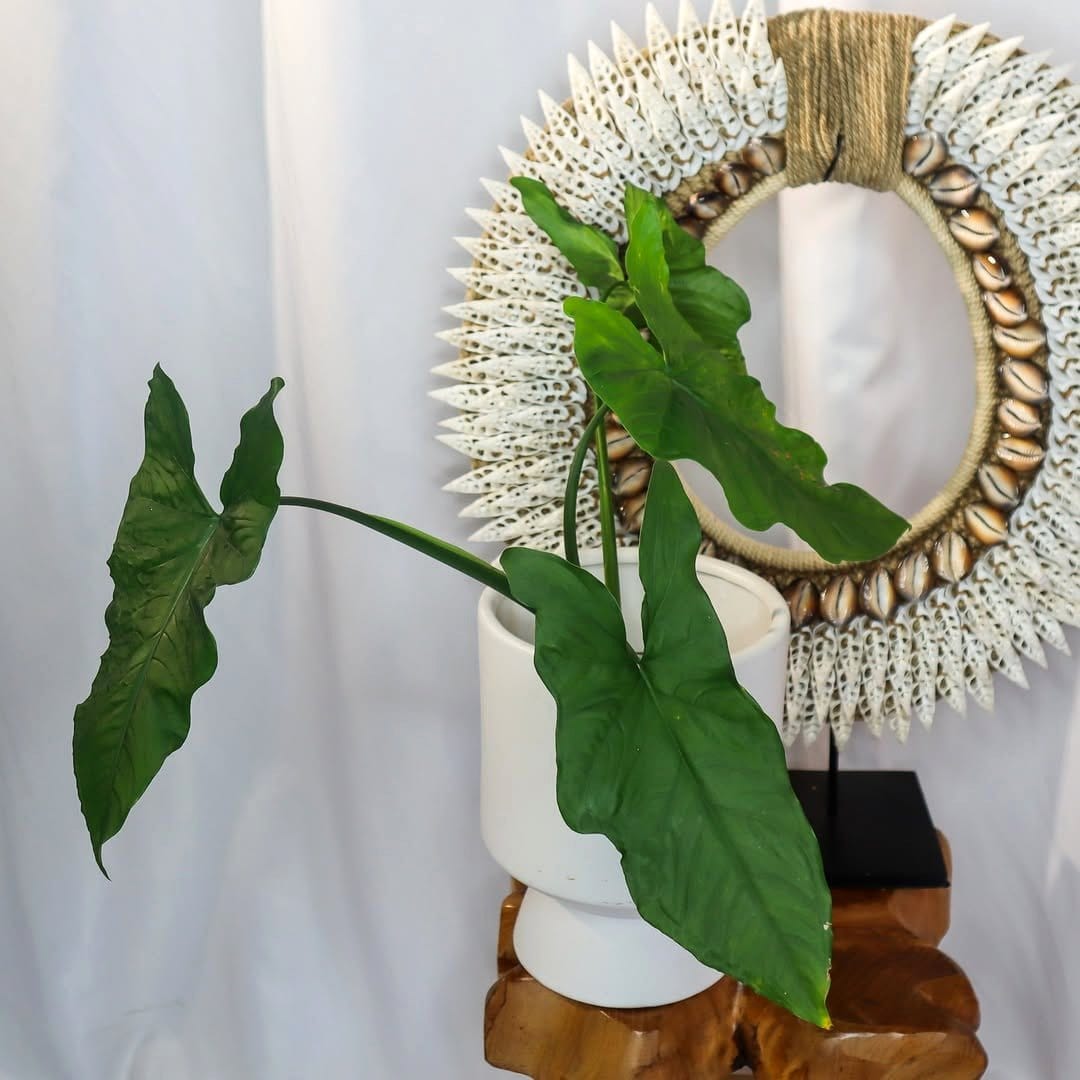
Mixing plants with different leaf shapes and textures can make your interior plant display more dynamic. Pair broad-leafed plants like monstera with delicate ferns or spiky succulents. This contrast not only enhances the beauty of each plant but also adds a tactile element to your decor, inviting you to reach out and touch the lush foliage.
4. Use Colorful Foliage for Contrast
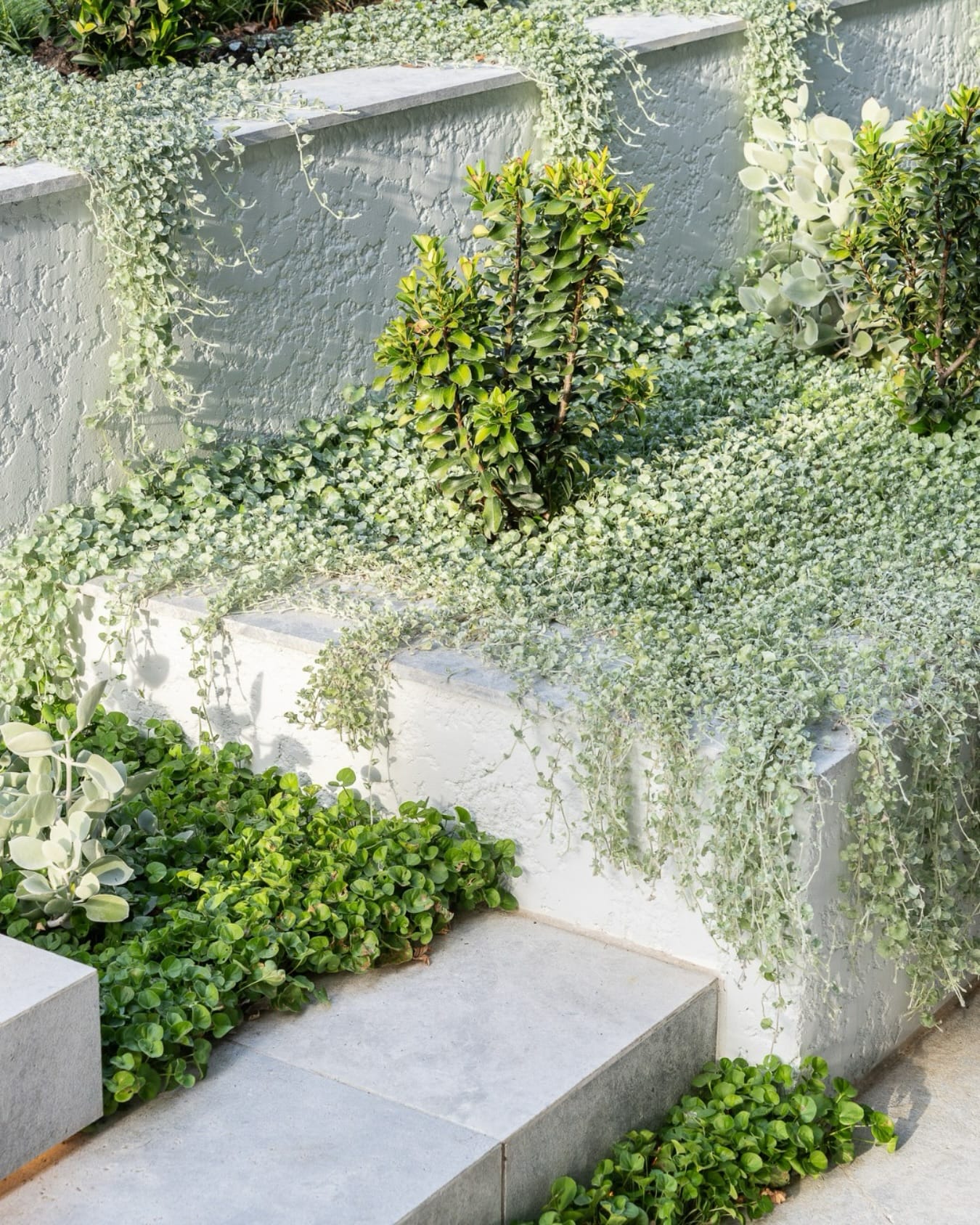
Incorporate plants with colorful foliage to add vibrancy to your space. Calatheas, crotons, and coleus offer stunning leaf patterns and hues that can break the monotony of green. Position these colorful plants strategically among your greens to create focal points that draw attention and add a splash of color to your interiors.
5. Create a Focal Point with a Statement Plant
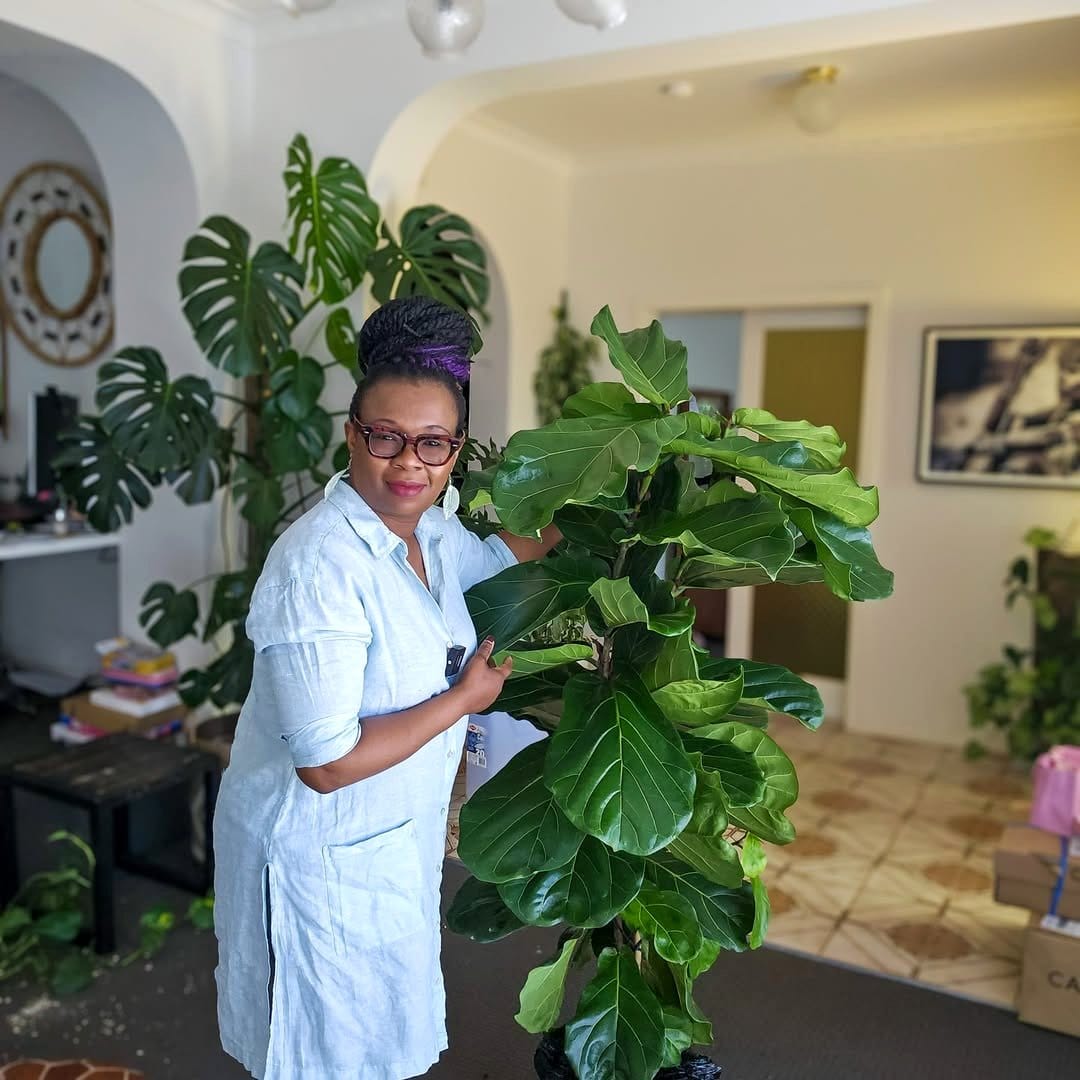
A statement plant, like a large fiddle leaf fig or a majestic monstera, can serve as the centerpiece of your plant layering design. Place it strategically in a prominent spot, such as near a window or in a corner, to draw the eye and anchor your room. This bold addition can transform an ordinary space into an extraordinary one.
6. Incorporate Hanging Baskets

Hanging baskets filled with trailing plants, such as pothos or spider plants, add an element of drama and softness to your interiors. Suspend them at different heights to create a cascading effect that enhances the lushness of your plant display. These floating gardens can soften harsh lines and bring a sense of movement to your room.
7. Mix and Match Planters
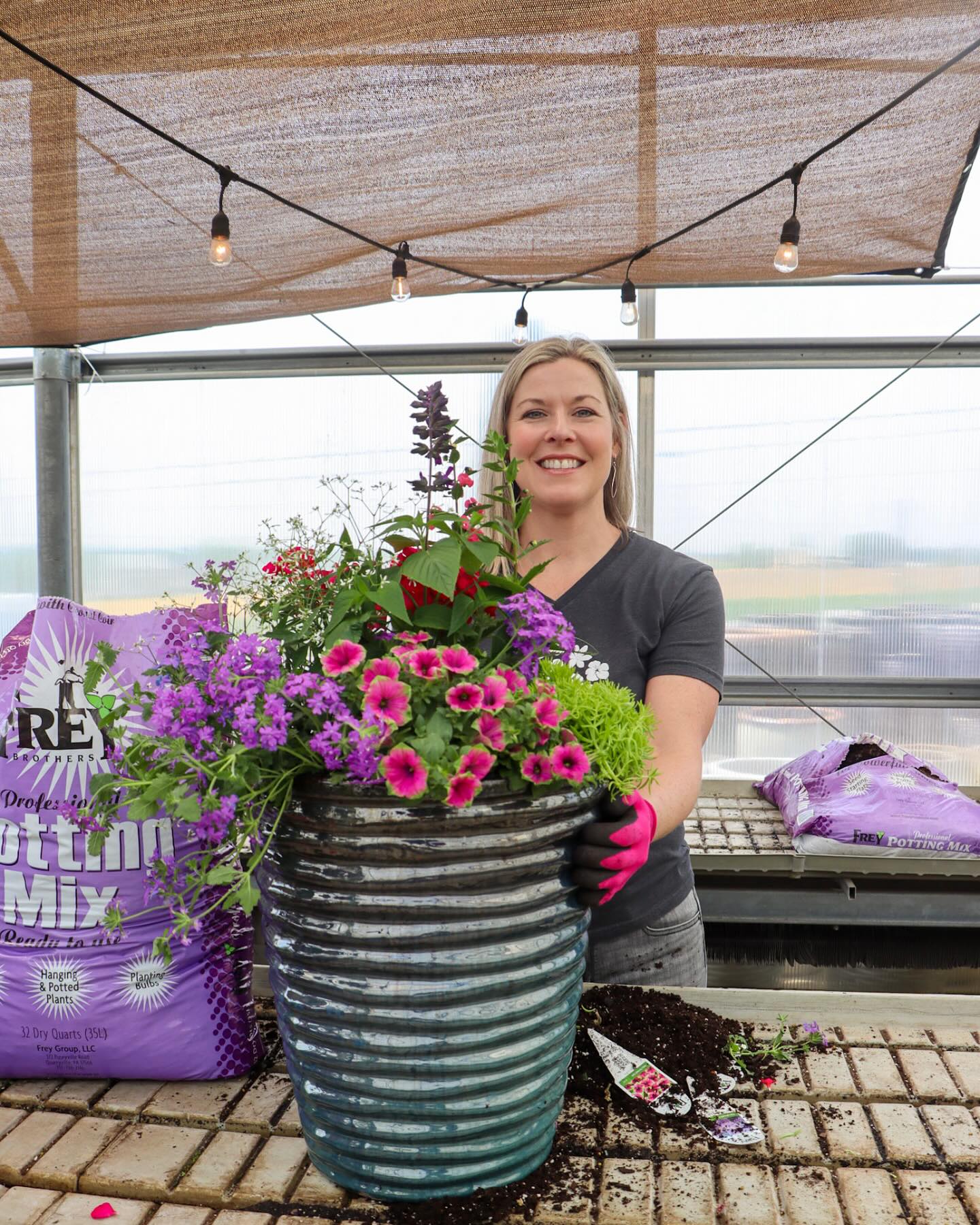
Combine different styles, sizes, and materials of planters to add personality and flair to your plant display. Use ceramic, terracotta, and metallic pots in varying shapes to create a visually appealing ensemble. This diverse collection not only highlights your plants but also complements your interior decor's overall aesthetic.
8. Use Shelves for Layering
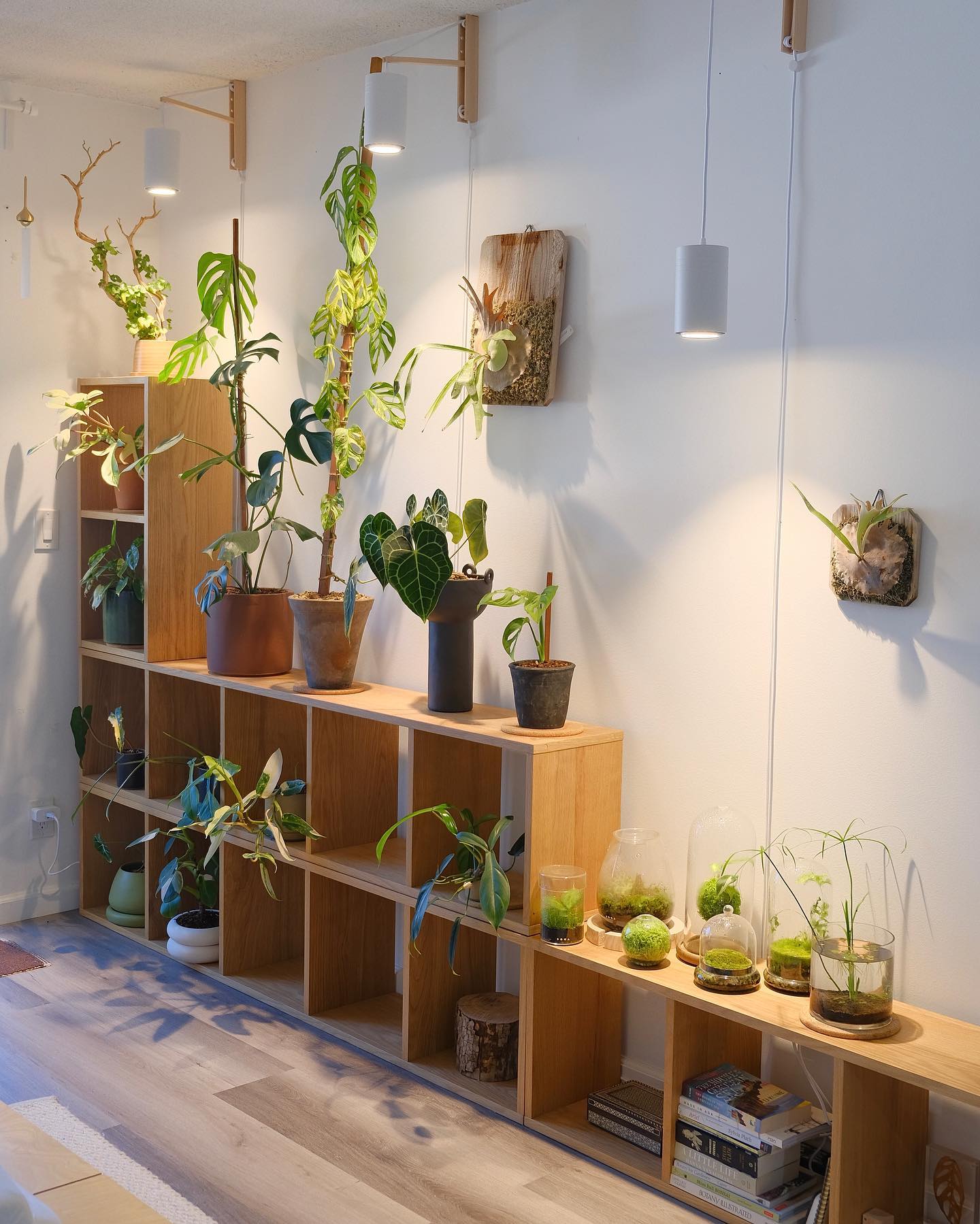
Install shelves to create a tiered effect for your plants. This allows you to layer plants at different heights while also utilizing wall space efficiently. It's a perfect solution for smaller rooms where floor space is limited. Arrange plants with varying leaf colors and textures on each shelf for a harmonious, lush look.
9. Group Plants by Lighting Needs
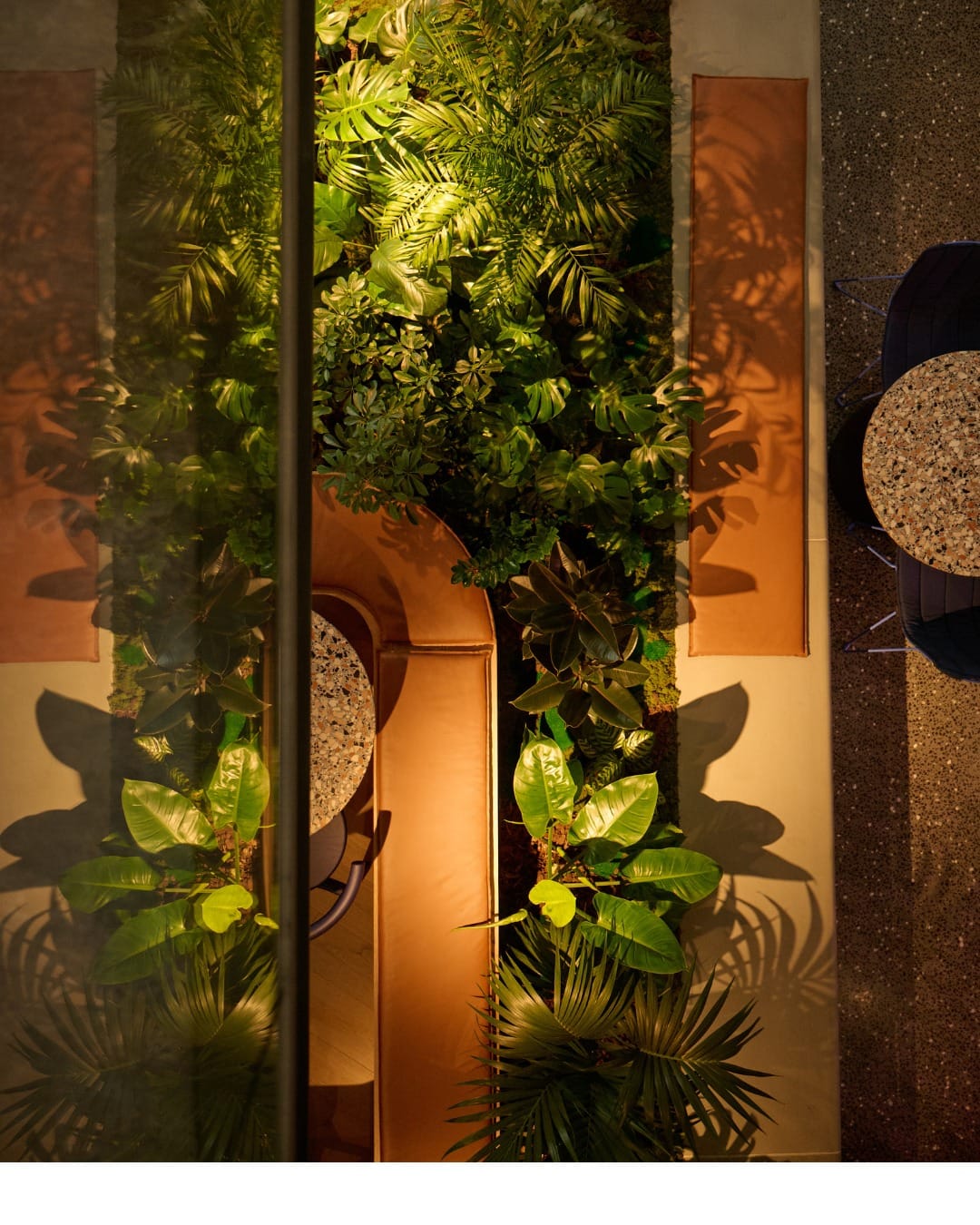
Organize your plants based on their lighting requirements to ensure they thrive. Group sun-loving plants like succulents and cacti near windows, while shade-loving varieties like ferns and snake plants should be placed away from direct sunlight. This thoughtful arrangement not only keeps your plants healthy but also creates a natural, cohesive look.
10. Incorporate Plants into Furniture

Integrate plants directly into your furniture design for a seamless, green look. Consider furniture pieces with built-in planter boxes or shelves that can accommodate small pots. This innovative approach allows your greenery to become part of the room's architecture, creating a unified and immersive plant experience.
11. Use Mirrors to Enhance Greenery

Mirrors can double the impact of your plant display by reflecting greenery throughout the room. Position a large mirror behind or adjacent to your plants to create the illusion of more space and enhance the lushness of your plant layering. This trick is especially useful in smaller spaces where you want to maximize the visual presence of your greenery.
12. Add a Water Feature for Tranquility
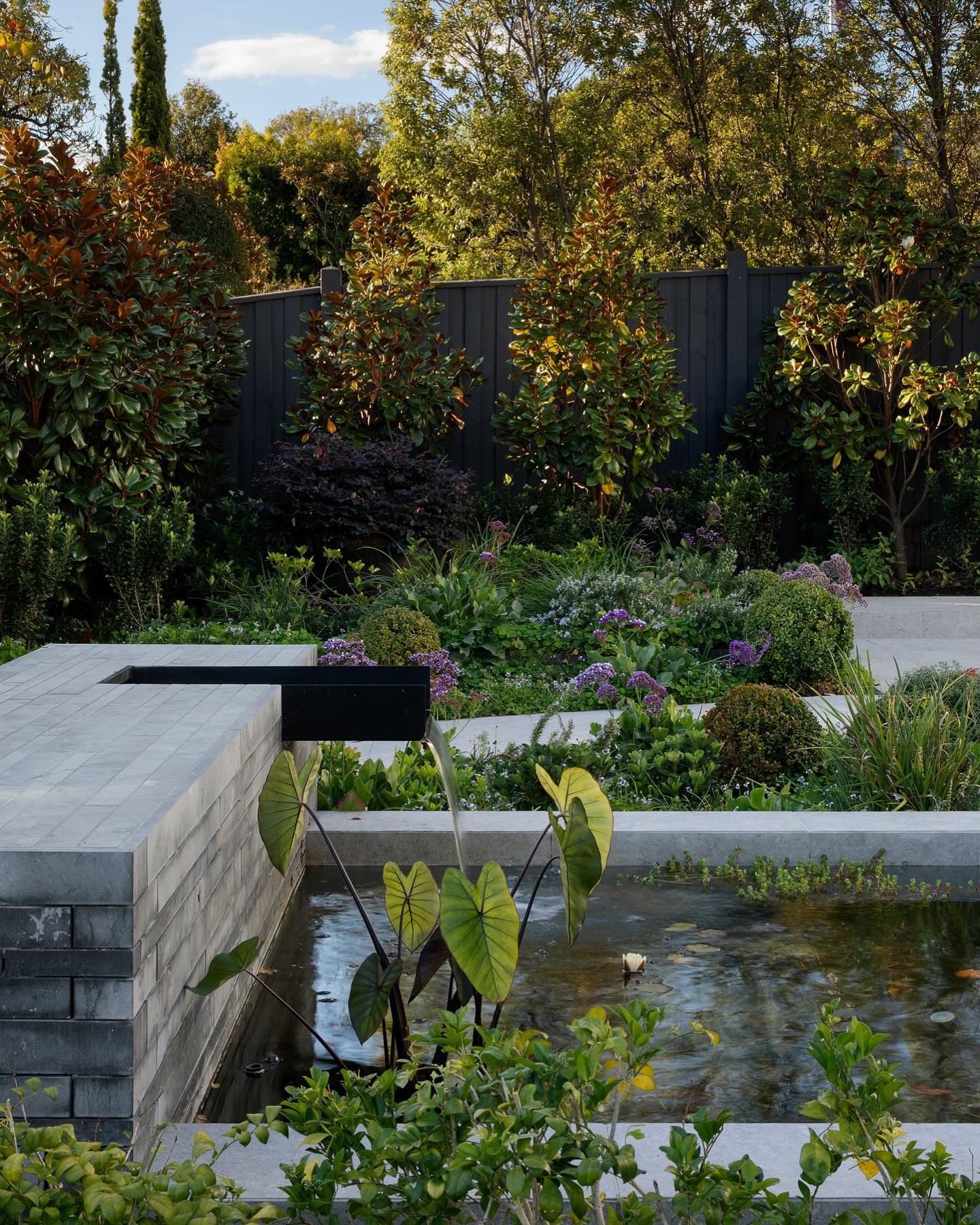
Incorporate a small water feature, like a tabletop fountain, among your plants to enhance the ambiance of your space. The soothing sound of water complements the tranquility that plants bring, creating a serene environment. Surround the fountain with lush greenery to mimic a natural oasis, perfect for relaxation and reflection.
13. Use Plant Stands for Elegance
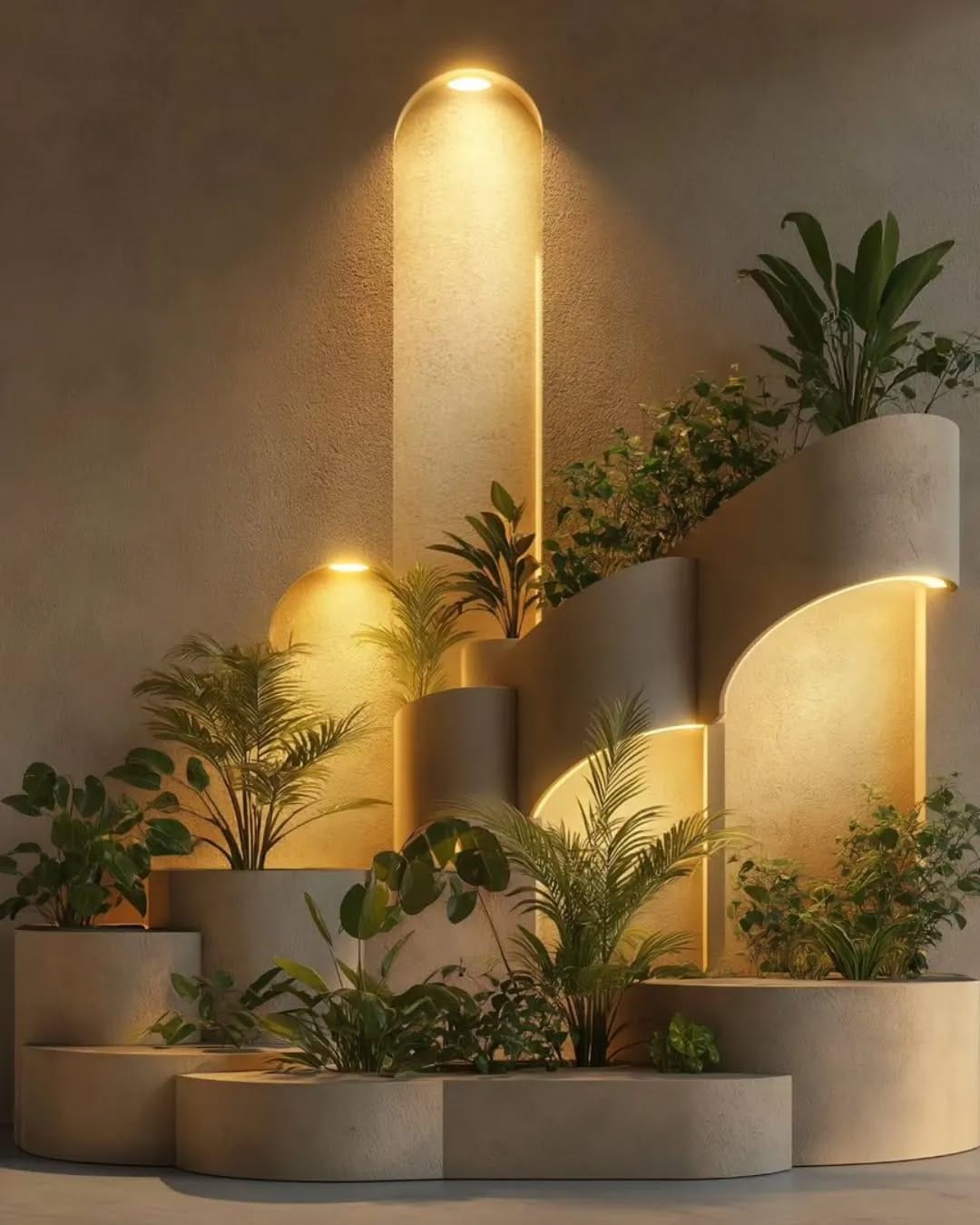
Elevate your plant game with decorative plant stands. These stands offer an elegant way to display your plants at various heights, adding sophistication to your interiors. Choose stands that complement your decor style, whether it's rustic, modern, or eclectic, to ensure a cohesive and polished look.
14. Incorporate Scented Plants
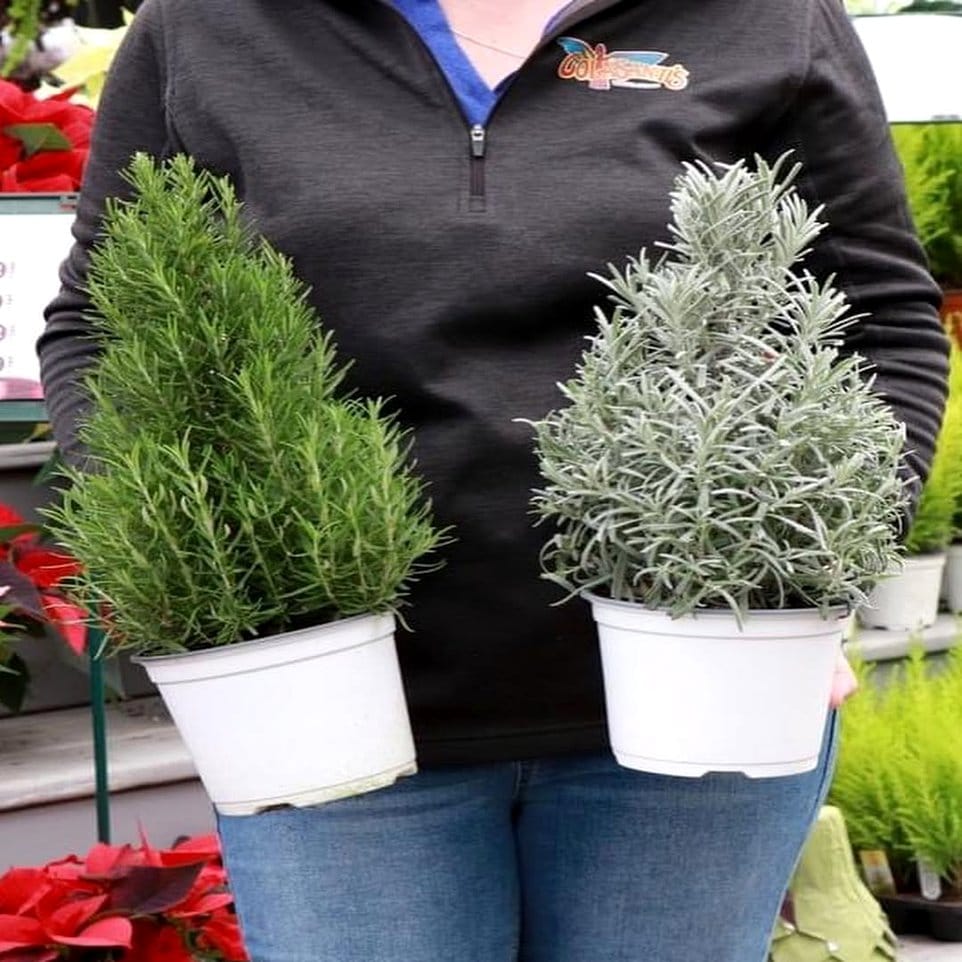
Introduce scented plants like lavender, rosemary, or jasmine into your plant layering to engage not just the eyes but also the senses. These aromatic additions can refresh the air and create a calming atmosphere. Place them in areas where you relax, such as living rooms or bedrooms, to enjoy their natural fragrances.
15. Create a Plant Partition
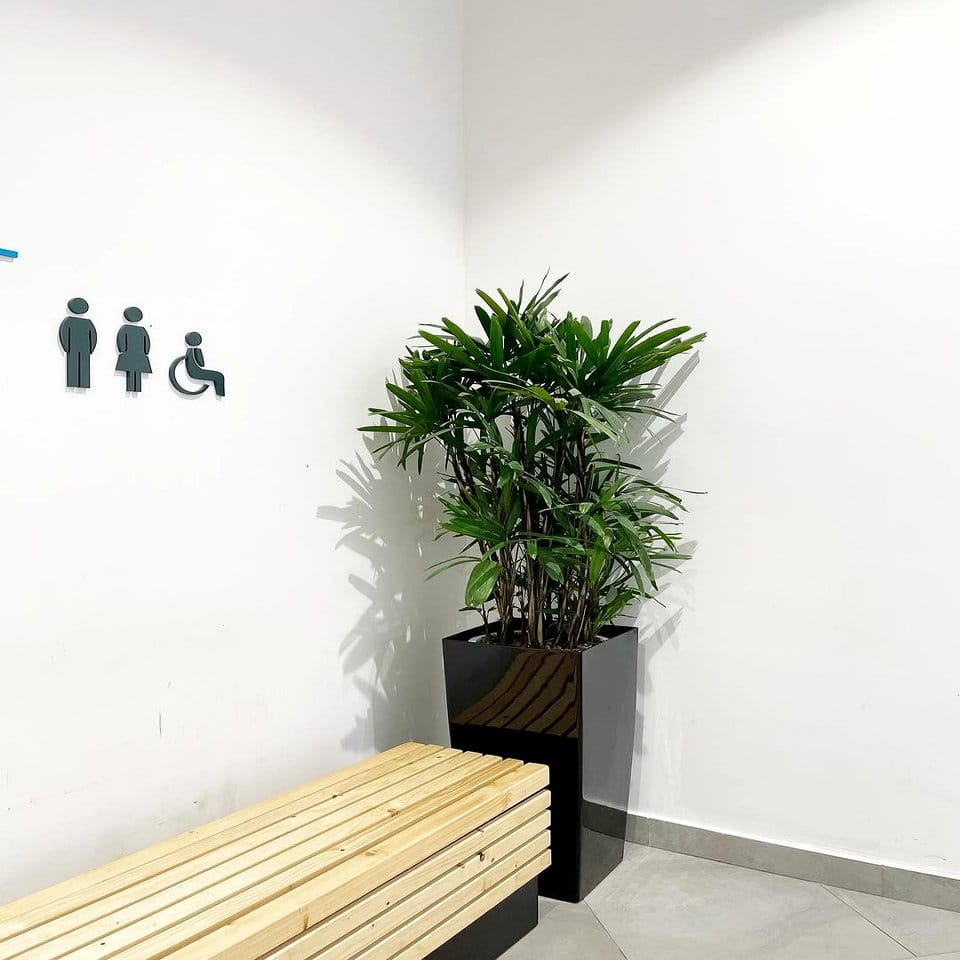
Use tall plants or a series of potted plants to create a natural partition in your home. This approach not only defines spaces within an open floor plan but also adds privacy while maintaining an open, airy feel. Choose sturdy plants like bamboo or palms for an effective and stylish room divider.
16. Mix Indoor and Outdoor Plants

Blend indoor and outdoor plants to create a seamless transition between your interior and exterior spaces. Use similar plant varieties and arrangements to connect your patio or balcony with your indoor plant display. This continuity blurs the boundaries between inside and out, enhancing the overall lushness of your home environment.
17. Experiment with Plant Walls
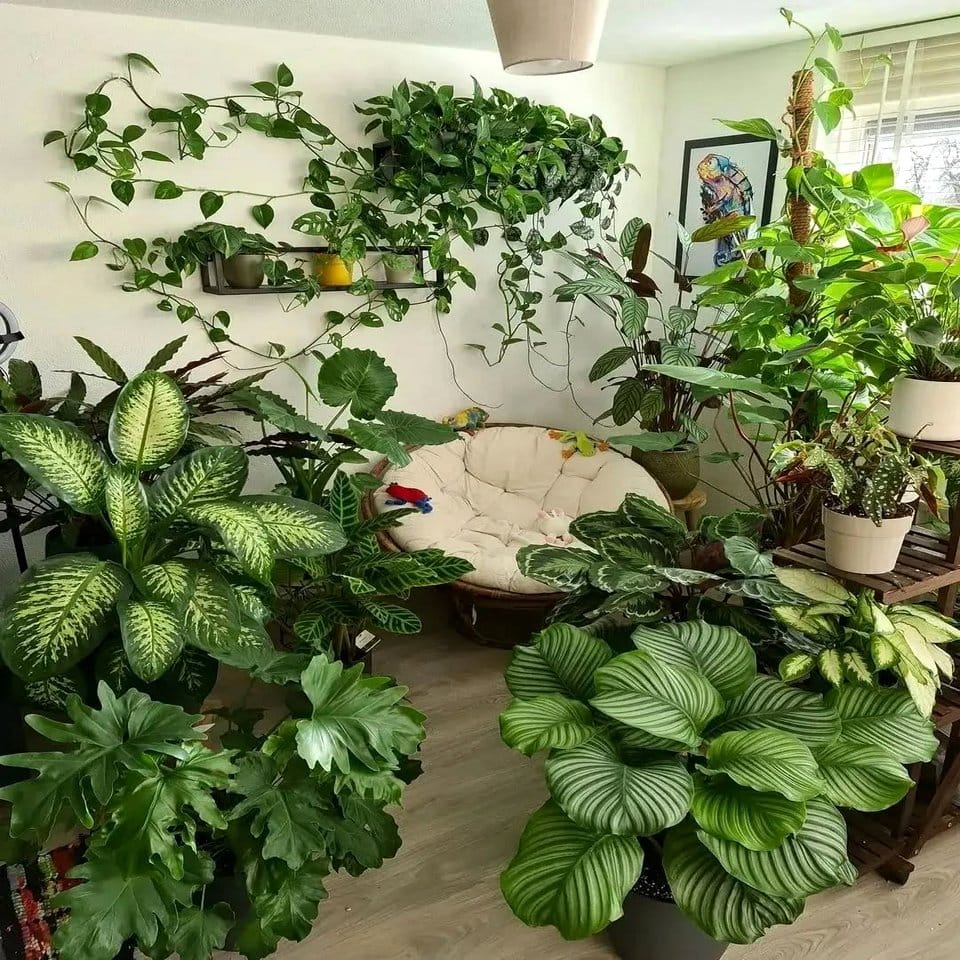
A plant wall can transform an entire room into a lush sanctuary. Choose a vertical garden kit or DIY with a sturdy frame to support your plants. Mix different plant species and textures to create a living tapestry that not only beautifies your space but also improves air quality and acoustics.
18. Add Seasonal Blooms
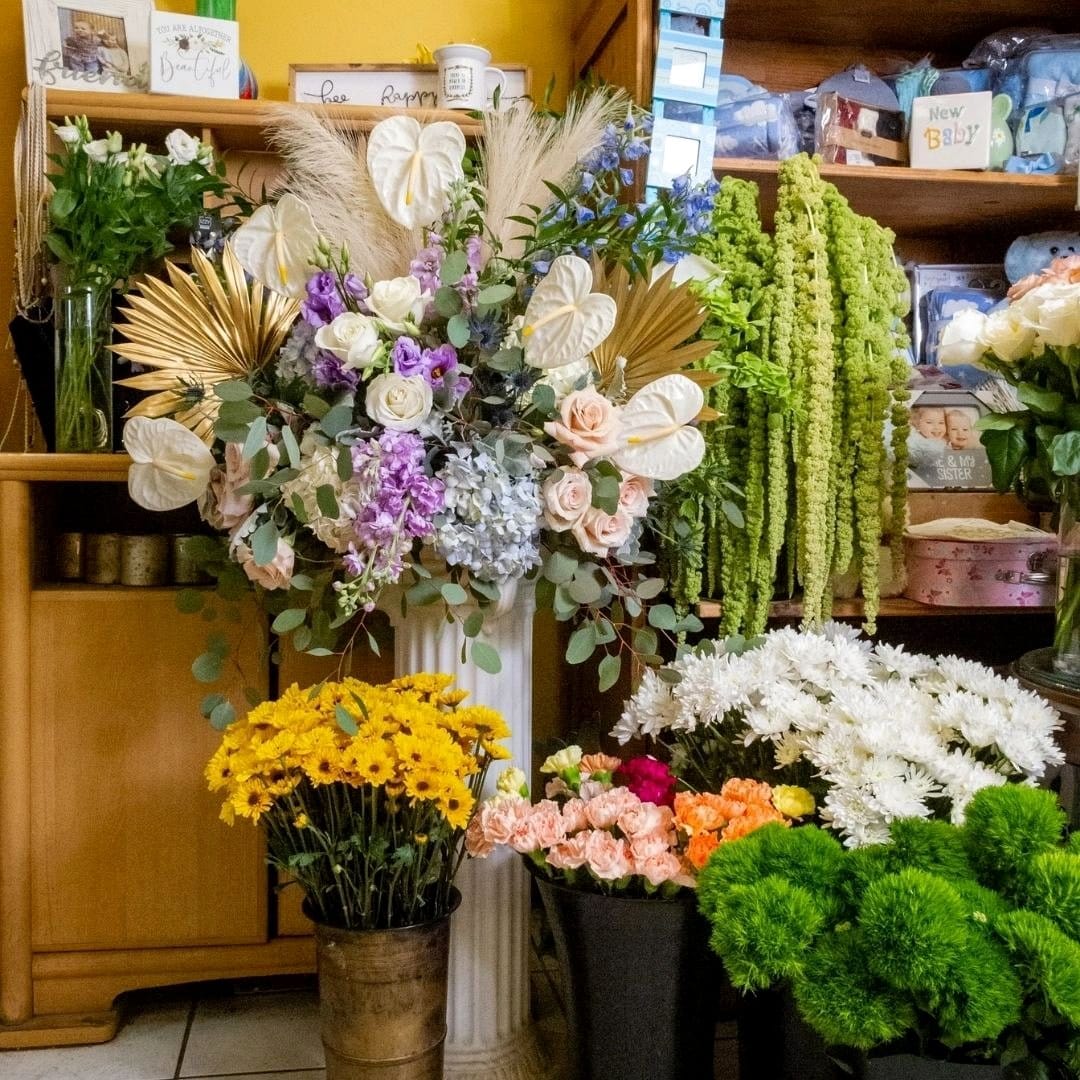
Incorporate seasonal blooming plants to keep your interiors fresh and vibrant throughout the year. Rotate flowering plants like amaryllis in winter or daffodils in spring to celebrate each season. These bursts of color can lift your spirits and add a dynamic element to your plant layering strategy.
19. Use Underutilized Spaces
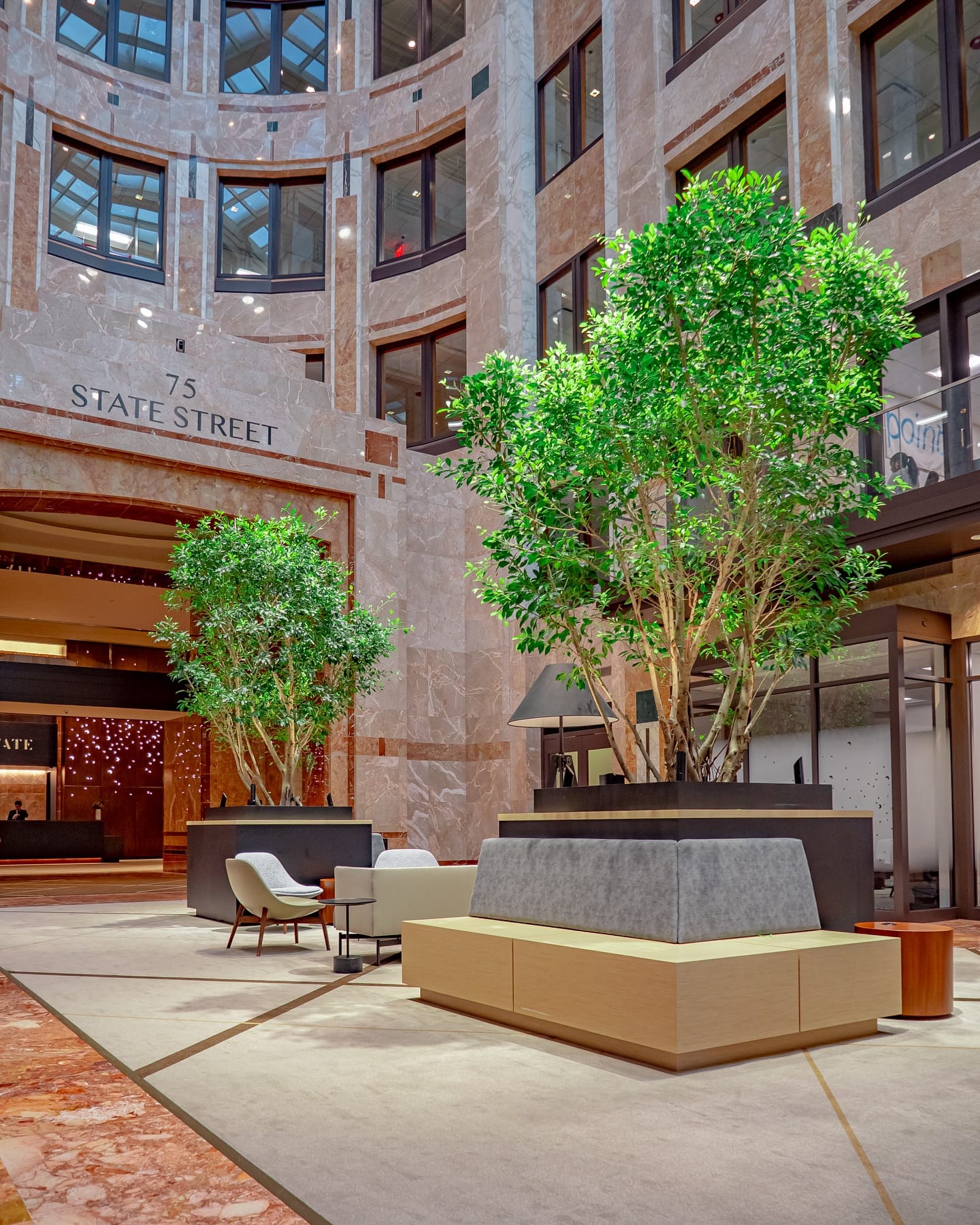
Turn overlooked areas, such as the space beneath stairs or corners of rooms, into green havens. These spots can be perfect for creating mini indoor gardens with a mix of shade-tolerant plants. This not only maximizes your home's potential but also adds unexpected charm with lush greenery.
Final Thoughts
Plant layering is a versatile and rewarding way to elevate your interiors. By thoughtfully arranging plants of various heights, textures, and colors, you can create a living masterpiece that reflects your style and enhances your home's atmosphere. Start small, experiment with different combinations, and watch as your space transforms into a lush, serene retreat. Whether you're a novice or a seasoned plant lover, there's always room to grow your plant collection and deepen your connection with nature. Embrace the joy of plant layering and let your creativity flourish!
